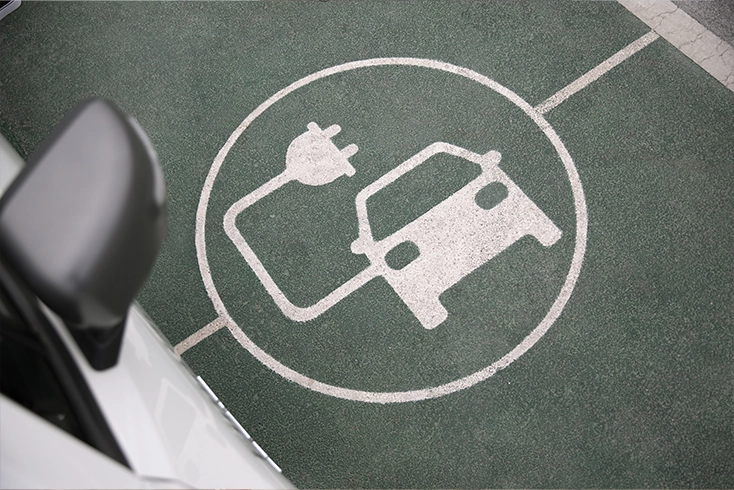Menu
Photovoltaic and electric mobility
Photovoltaic and electric mobility
The link between photovoltaic and electric mobility
Photovoltaic and electric mobility are two concepts intimately linked in this era of energy transition. The future of mobility inevitably passes through electricity.
But how is this electricity produced? That's where photovoltaic comes in. This renewable technology has the potential to revolutionize the way we power our electric vehicles. This allows mobility to be not only greener, but also more autonomous.

Photovoltaic: a renewable energy source
Photovoltaics use sunlight to produce electricity. Photovoltaic panels are often installed on roofs or in fields. As a result, they capture sunlight and convert it into usable electricity. This electricity can then be used to power a house or a building. Moreover, it is increasingly used to charge an electric vehicle.
Charging electric vehicles with photovoltaic power
By integrating photovoltaics into electric mobility, we can create a clean energy ecosystem. Electric vehicles can be charged directly from the electricity produced by photovoltaic panels, which reduces their carbon footprint.
Furthermore, the electricity produced during the day can be stored and used to charge vehicles at night. This is made possible by the advent of energy storage batteries.
Towards a cleaner future
The relationship between photovoltaic and electric mobility is crucial for our energy future. By using solar energy to power our vehicles, it is a significant step towards a cleaner and more sustainable future. These are two important technologies. They have the potential to radically transform our way of consuming energy.

Evocells has been your photovoltaic specialist for over 15 years. We manufacture our own panels directly in Belgium. Through a network of partners or through our own care, they are installed professionally. Our team is also active in the installation of charging stations for electric cars.
